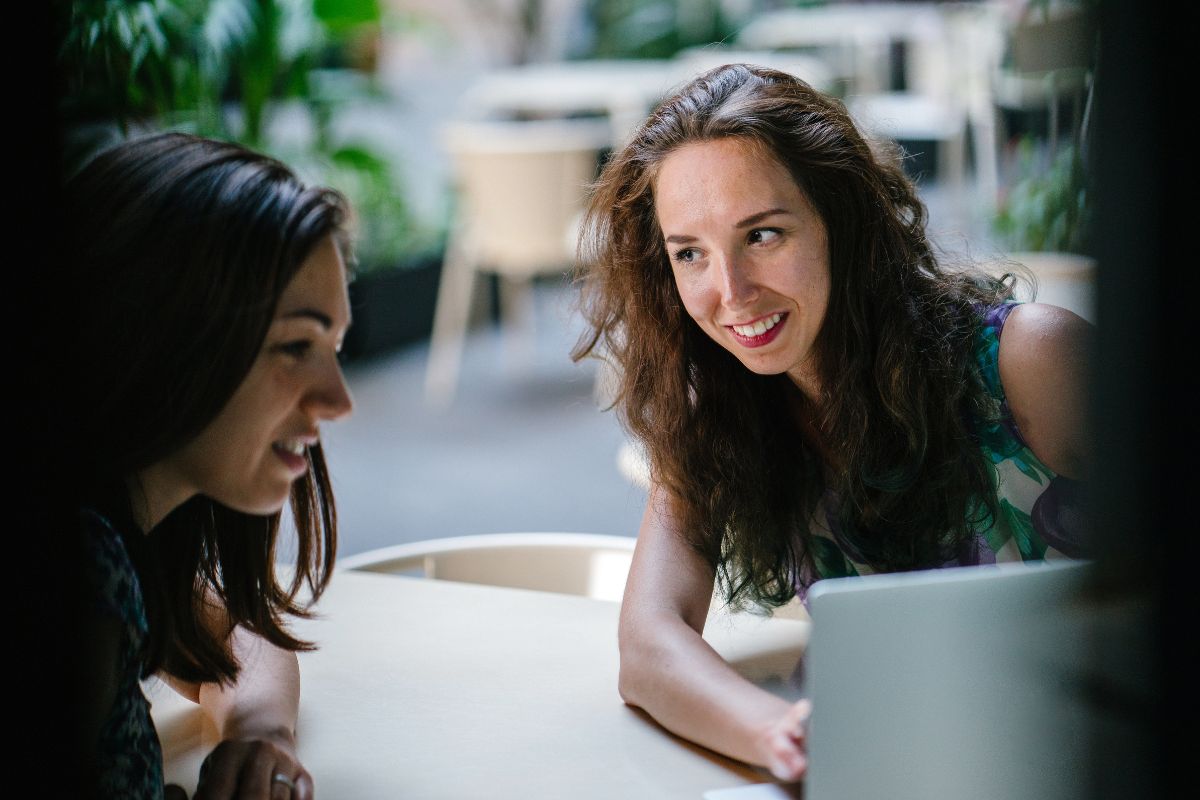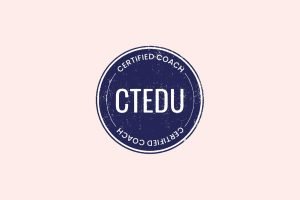Coaching is said to be all about enabling other people to discover the answer within. Whilst this might initially suggest the coach’s own journey might not form any part of the coaching discussion, there is also another aspect of coaching which this initial phrase overlooks: Coaching is a co-produced journey.
As coaches, we go on a journey with our coachees. As coach and coachee metaphorically walk together, a natural conversation can help to reassure the coachee that they are travelling with someone on their journey as opposed to being driven or called forward alone. Let me give you a quick real-life example from my own practice:
A coachee came to their appointment with a painting they had created. They asked me to look at it and to describe what I saw. “Well, to me, it looks like a river with a bridge, with you standing on this side of it.” The coachee responded, “Exactly. And where would you put yourself in this painting?” “I’m standing here with you,” I responded. A look of relief and comfort came over the coachee’s face as they explained that when showing the same painting to their counsellor, they had placed themselves on the other side of the river and followed this by asking, “What would it take for you to join me here?”
This small change of the metaphorical location in the painting had significant meaning for the coachee. It represented working and walking together, co-production. However, this concept of co-production is not a metaphorical one; it is one which is grounded in a relationship of mutuality. This article will consider the challenges and benefits of the coach sharing personal stories with the coachee with the purpose of enabling a sense of co-production, empathy and encouragement.
A rationale for sharing personal information as a coach
In the story above, no personal information was shared between coach and coachee. However, during the coachee’s induction session, after inviting the coachee to share their story as to how they had ended up in the session, the coach also shared their story as to how they had ended up coaching. This was done as a means of connecting with the coachee and creating the foundations for a relationship where mutuality, honesty and respect would be demonstrated.
Fundamental to success in coaching is the coach-coachee relationship.
By sharing their story, the coach was able to demonstrate that they, too, were human, and by no means perfect. In this sense, it gave authenticity to them being able to say they were on the same side of the river as the coachee in the painting. Whilst this approach of honest vulnerability might seem an unusual approach for many life coaches, the concept of coach self-disclosure is recognised in other forms of coaching. For example:
- In team coaching, self-disclosure by the coaching facilitator is an approach used to encourage a spirit of team autonomy and self-management with the coach being shown not to be the expert in all the challenges the team faces.
- Similarly, in peer coaching, self-disclosure on the part of both coach and coachee is often encouraged as a means of demonstrating equality and a sense of ‘mutuality or connectedness in the relationship’.
Yet it is not just in setting up and framing the coach-coachee relationship that self-disclosure can be useful. A further benefit can be seen when introducing a coachee to a new tool, such as the responsibility pie.

The responsibility pie is a tool designed to help people attribute an appropriate amount of responsibility to all the actors involved in an event and not just solely blame themselves or others.
When only seeing things in a Manichean manner (it is either my fault or their fault), it can be difficult for a coachee to move forward from this dualistic, black-and-white perspective. For the coachee, this impasse may appear unresolvable from their current position. They may sense a feeling that the answer is certainly not within, or perhaps even that the answer is unworkable because neither they nor the other are willing to change.
In a situation such as this, the coach sharing a personal example of how they’ve used a tool like the responsibility pie in a similar situation may help the coachee to take a step toward that all-important third-person perspective which can help to nudge creativity in resolving a situation.
So, there can be good reasons to be vulnerable, open and personal as a coach. However, this has to be done with purpose and caution.
It’s not about me – sharing whilst keeping the session coachee-focused
One imminent danger in sharing personal stories and experiences is that the focus of a session can then become about the coach and not the coachee. To avoid this requires the coach to always have a clear purpose when they share their own stories. They should always help clarify or connect with the coachee and should maintain a focus on the well-being of the coachee moving forward.
This is not to say that if asked how their day has been, the coach shouldn’t be honest. You can choose to share to show your humanity and that your life has ups and downs like the coachee’s but then refocus by saying: “Thanks for listening, how are you doing?” A simple act like this can help the coachee know that they are not alone in their own struggles.
In my own practice, I have observed on many occasions how this principle has not only helped develop a connection with the coachee but also helped them to recognise it isn’t just their lives that can be messy or complicated. Returning to the painting described earlier, in a very real sense, this can help the coachee know you are standing with them in solidarity.
Yet, whilst potentially developing the coach-coachee relationship, this should not be overused. Even if the coach shares an experience which on the surface appears similar to the coachee’s, it would not be accurate, or indeed healthy, for the coach or coachee to feel that this means the person understands the other’s situation.
The coach [should] always have a clear purpose when they share their own stories.
Empathy helps us to attempt to place ourselves with the person in their situation and is healthy for developing rapport and capital with which to move forward. Thinking we know how someone feels leads to false assumptions and a lack of genuine reflective discussion.
So, being open and sharing always needs to be done with an intentional purpose and should never lead the coach (or coachee) to the assumption that they can really know the experience of the other.
Boundaries – keeping the coach-coachee relationship professional when sharing personal information
There is also a more personal element to self-disclosing information. The challenge lies in knowing where both coach and coachee feel comfortable drawing boundaries around what is too personal and what is appropriate. This will be influenced by a number of factors, including:
- The coach’s own relationship to the information they are sharing. If it is a personal experience, consider whether it has been processed and whether sharing could potentially re-traumatise the coach, leaving them in the position of needing to be the recipient in the coach-coachee relationship?
- Whose information is being disclosed? Sharing information of a personal nature could involve other people who could be made vulnerable or not have been in a position to have given consent to share that information.
- It is also wise to consider the precedent sharing information might have for future sessions. It’s been noted that sometimes, in peer coaching, the coach may attempt to subsequently withdraw from a mutual self-disclosure model, retreating into Johari’s hidden or private window in an effort to appear more credible. This can cause the coachee to wonder if they have done something to spoil the relationship or indeed feel the coach is now distant and so feel less connected to them.
There is undoubtedly genuine danger to the coach-coachee relationship, the coachee’s experience of coaching, and the coach’s mental safety when self-disclosure is done poorly. It is, therefore, vital that the boundaries are set in each individual coaching relationship according to the comfort and usefulness of self-disclosure in that particular context rather than adopting a broad rule of thumb.
A rediscovered coaching narrative of self-disclosure?
When interviewed for Coaching Perspectives, Professor of Coaching and Positive Psychology Christian Van Nieuwerburgh noted that within the coaching profession, there has sometimes been an unhelpful tendency to be too restrictive as to what comprises coaching, sometimes missing the broader perspective of coaching at its heart being conversational and relational. He explains:
‘… the way we’ve defined coaching is not likely to be successful: if we’ve insisted on the nature of the relationship; on hierarchical or non-hierarchical arrangements; or whether you can or cannot share advice.’
So, perhaps in attempting to summarise a narrative for self-disclosure in life coaching, it is helpful to move away from a do-or-do-not perspective. Instead, recognising that the success of self-disclosure is always dependent on the nature of the coach-coachee relationship and cyclically informs that relationship. Therefore, decisions about self-disclosure in coaching should always be informed by the coach, coachee, their comfort and safety, and having a clear intention and purpose for sharing.

Dave Wood
Dr. Dave Wood is a former Senior Probation Officer and Psychosocial Analysis of Offending Behaviour lecturer with over 25 years of experience working with people with complex issues. He is the founder and director of Metanoeo, a social enterprise offering coaching, well-being resources, and training and supporting life coaches to transform communities.









Be First to Comment